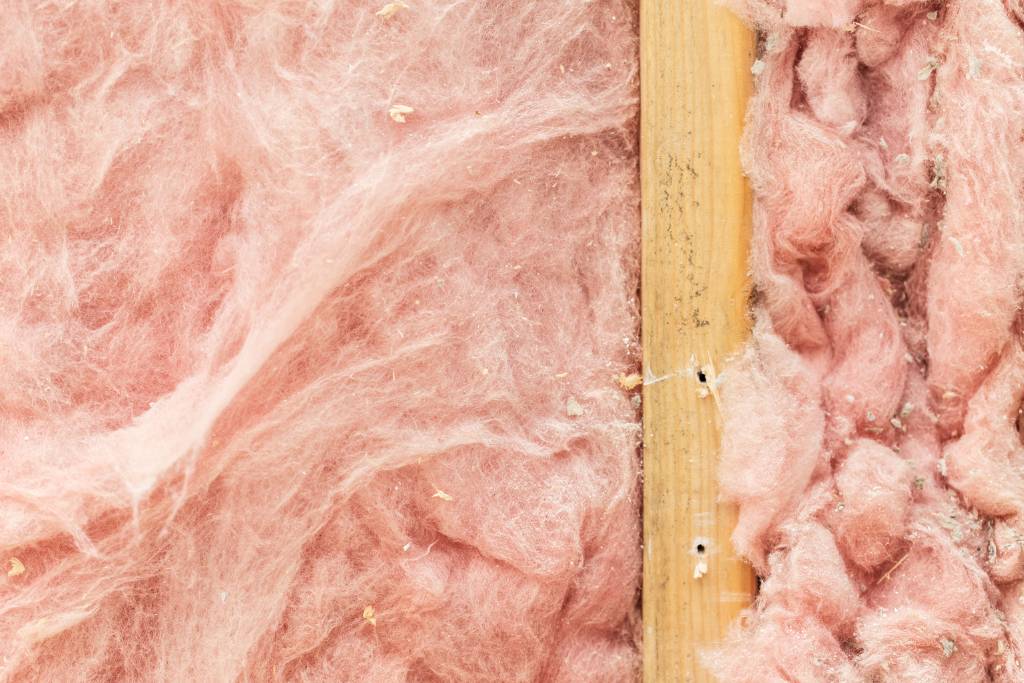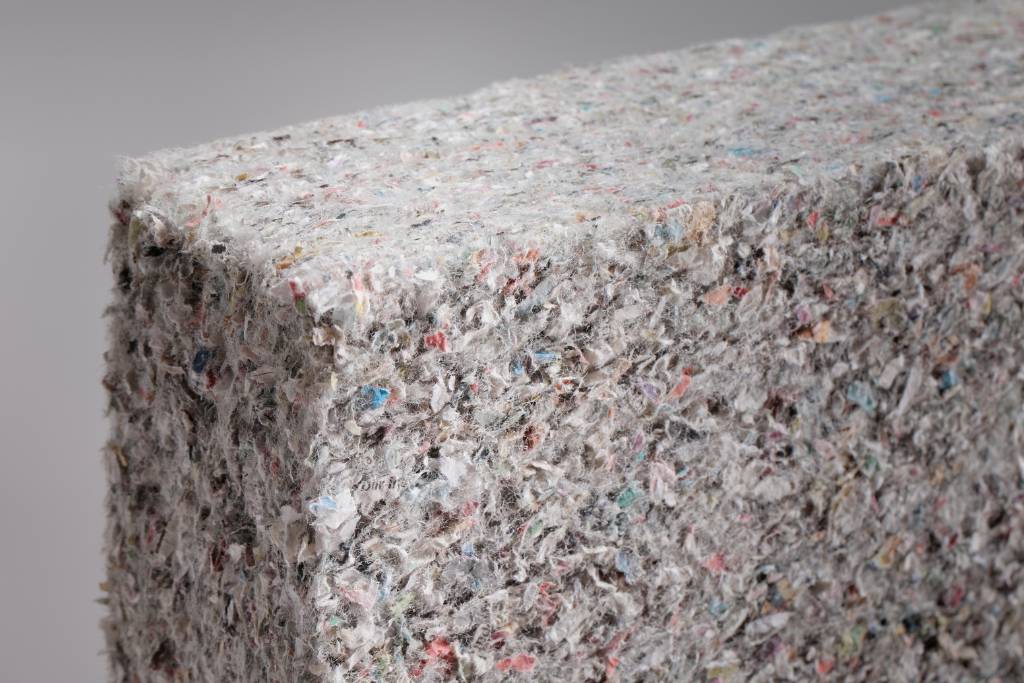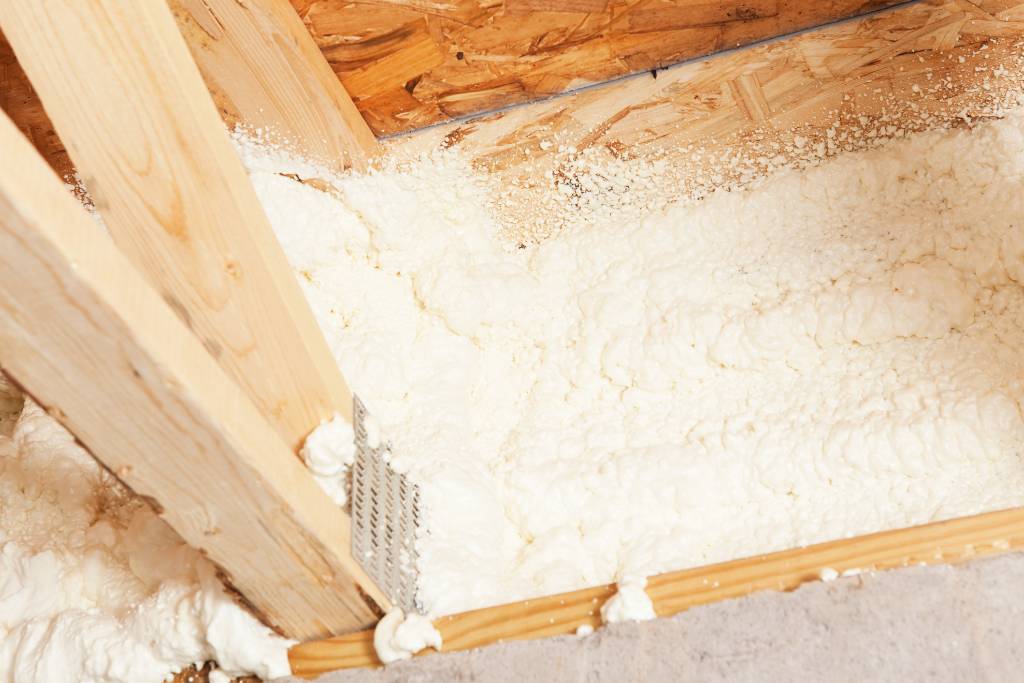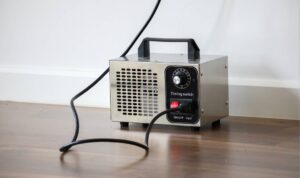Importance of proper insulation in the attic
Proper insulation in the attic is essential for maintaining a comfortable and energy-efficient home. It plays a crucial role in regulating indoor temperatures, reducing energy costs, and preventing damage to the roof and attic. Without adequate insulation, homes may experience fluctuations in temperature, leading to increased heating and cooling bills. Additionally, proper insulation can help prevent moisture buildup and reduce the risk of mold and mildew growth. As such, investing in the right type and amount of insulation for the attic is essential for creating a well-protected and energy-efficient living space.
Benefits of insulating the attic effectively
Insulating your attic effectively has numerous benefits that can significantly impact the comfort and energy efficiency of your home. One of the key benefits of attic insulation is that it helps keep your home cozy year-round. In the winter, proper insulation prevents heat from escaping, keeping your home warm and reducing the need for constant heating. In the summer, it helps to block the heat from entering, keeping your home cool and reducing the workload on your air conditioning system.
By effectively insulating your attic, you can save a significant amount of money on your energy bills. The insulation helps to regulate the temperature in your home, reducing the amount of energy needed to heat or cool it. Additionally, proper attic insulation increases the overall comfort of your living space by maintaining a consistent temperature throughout the year.
Proper insulation is essential for both winter and summer temperatures. In the winter, it prevents heat loss, and in the summer, it prevents heat gain, keeping your home comfortable no matter the weather. Overall, attic insulation provides year-round benefits, including energy savings, home comfort, and temperature regulation. It is an important investment that can make a significant difference in the overall efficiency and comfort of your home.
Understanding Different Types of Insulation
When it comes to keeping a home or building well-insulated, there are a variety of insulation materials and methods to choose from. Understanding the different types of insulation is crucial for making informed decisions that will best suit the specific needs of a structure and its occupants. From traditional fiberglass and cellulose insulation to newer options like spray foam and rigid foam, each type has its own advantages and considerations in terms of cost, R-value, installation, and environmental impact. By gaining a better understanding of the different types of insulation available, property owners can make informed choices that will maximize energy efficiency, comfort, and sustainability.
Overview of common types of insulation materials
Insulation materials are essential for maintaining comfortable indoor temperatures and reducing energy costs. Common types include fiberglass, mineral wool, cellulose, and spray foam.
Fiberglass insulation is widely used due to its affordability, fire resistance, and availability in rolls or batts. However, it can irritate the skin and lungs, and its insulating properties may deteriorate over time. The average cost is $0.64 per square foot, with an R-value of 2.2 – 2.7 per inch.
Mineral wool is a versatile and fire-resistant option with excellent soundproofing properties. It is available in batts, blankets, and loose-fill. However, it can be costly at $1.00 per square foot, with an R-value of 3.1 – 3.4 per inch.
Cellulose insulation is eco-friendly, made from recycled paper and treated with non-toxic chemicals for fire resistance. Its loose-fill form allows it to conform to any space, but it may settle over time. The average cost is $0.85 per square foot, with an R-value of 3.2 – 3.8 per inch.
Spray foam insulation provides an air-sealing barrier, expanding to fill even the smallest gaps. It is highly effective but expensive at $1.50 per square foot, with an R-value of 6.0 – 7.0 per inch. Professional installation is recommended due to its application technique.
Factors to consider when choosing the best insulation for attics
When choosing the best insulation for your attic, there are several factors to consider. Firstly, the climate in your area plays a significant role in determining the type of insulation you need. If you live in a colder climate, you may need a higher R-value insulation to effectively keep your home warm. Your budget is another important factor to consider, as some insulation types can be more expensive than others.
Additionally, consider whether you want to DIY the work or hire a professional. DIY options may save you money, but professional installation ensures the job is done correctly. The amount of time you have to dedicate to the project is also important, as some insulation types may require more time to install properly.
When comparing insulation types, consider the pros and cons of spray foam, fiberglass, and cellulose insulation. Spray foam provides a high R-value and air sealing capabilities, but it can be more expensive. Fiberglass is more cost-effective but may not provide the same level of air sealing. Cellulose insulation is environmentally friendly and offers good air sealing, but it can settle over time.
In conclusion, the climate, budget, DIY vs. professional installation, and time available for the project are all crucial factors to consider when choosing the best insulation for your attic.
Fiberglass Batt Insulation
Fiberglass batt insulation is a popular and cost-effective thermal and acoustic insulation solution used in homes and buildings. Made from fine glass fibers, this type of insulation is designed to fit between standard wall framing, ceiling joists, and floor joists. It can help reduce energy costs by maintaining a consistent indoor temperature, minimize outdoor noise, and improve overall comfort. Fiberglass batt insulation is also relatively easy to install, making it a go-to choice for homeowners and contractors alike. In this article, we will explore the benefits of fiberglass batt insulation, its installation process, and the potential savings it can provide for residential and commercial properties.

Description and characteristics of fiberglass batts
Fiberglass batt insulation is composed of tiny strands of glass fibers that are tightly woven together to create a dense and flexible material. It is relatively easy to install as a DIY project, as it can be cut to fit between wall studs or ceiling joists. Fiberglass batt insulation is available in various R-values, which measure the insulation’s resistance to heat flow, with higher R-values indicating better insulating properties.
Fiberglass batt insulation can be used in different parts of the home, such as behind exterior walls and in the attic, to help regulate indoor temperature and reduce energy costs. It can also help to dampen sound transmission within the home.
Advantages of fiberglass batt insulation include its affordability, ease of installation, and effectiveness in reducing heat transfer. However, potential drawbacks of this insulation type may include potential skin irritation or respiratory issues during installation, as well as the possibility of inadequate installation leading to reduced effectiveness.
In summary, fiberglass batt insulation is a versatile and cost-effective option for home insulation projects, offering good thermal performance and ease of installation.
Advantages and disadvantages of using fiberglass batts in attics
Fiberglass batt insulation offers several advantages, including its eco-friendly properties as it is made from recycled materials and can be recycled at the end of its lifespan. It also provides good insulation effectiveness, reducing energy consumption and costs. Additionally, fiberglass batts are fire-resistant, reducing the risk of fire in the attic space.
However, there are also disadvantages to using fiberglass batts in attics. Fiberglass can cause health concerns if not installed properly, as it can release small fibers that may irritate the skin, eyes, and respiratory system. This can be a potential safety concern during installation or if the insulation is disturbed in the future. Additionally, fiberglass batts are not as effective in preventing air leakage as other types of insulation, which can lead to energy loss and decreased insulation effectiveness over time.
In conclusion, while fiberglass batt insulation has eco-friendly and fire-resistant properties, its potential health and safety concerns, as well as its limitations in preventing air leakage, should be carefully considered when choosing insulation for attics.
Installation process and considerations for fiberglass batts
Installing fiberglass batt insulation requires proper safety precautions and considerations for different climate zones. First, ensure that you have the appropriate protective gear, such as gloves, goggles, and a dust mask, due to the potential skin and respiratory irritation caused by fiberglass fibers. In colder climates, ensure that the insulation has a high R-value to effectively insulate the home, while in warmer climates, consider using a lower R-value to prevent heat buildup.
To properly measure, cut, and fit the batts, carefully measure the space where the insulation will be installed and use a sharp knife to cut the batts to the appropriate size. Handle the batts gently to prevent compressing the fibers, which can reduce their effectiveness. When installing the batts, ensure a proper air seal by fitting them tightly together and using a vapor barrier if necessary to prevent moisture issues.
To address any potential moisture issues, consider using a moisture barrier or vapor retarder to prevent condensation within the insulation. Additionally, ensure that the insulation is properly ventilated to allow any trapped moisture to escape. By following these steps and considering climate-specific factors, fiberglass batt insulation can effectively and safely insulate a home.
Cellulose Insulation
Cellulose insulation offers a sustainable and environmentally friendly option for keeping homes comfortable and energy-efficient. Made from recycled paper and treated with fire retardants, cellulose is a popular choice for insulation due to its low environmental impact and excellent thermal efficiency. In this article, we will explore the benefits of cellulose insulation, including its fire resistance, soundproofing qualities, and its ability to deter pests. We will also discuss the installation process and the cost considerations associated with choosing cellulose insulation for your home. Whether you are looking to upgrade the insulation in your existing home or are considering eco-friendly options for a new build, cellulose insulation is worth considering for its reliability, affordability, and sustainability.

Description and characteristics of cellulose insulation
Cellulose insulation is a popular and eco-friendly choice for insulating homes. It is made from recycled paper, making it a sustainable option for those looking to reduce their environmental impact. Cellulose insulation is treated with borate or ammonium sulfate, making it highly resistant to fire and insects, offering added safety and longevity. Additionally, it has a higher R-value compared to blown-in fiberglass insulation, meaning it provides better heat and cool air retention, ultimately helping homeowners save on energy costs.
However, there are some disadvantages to consider when using blown-in cellulose insulation. The installation process can be messy, with small particles easily becoming airborne during the application. Furthermore, when damp, cellulose insulation has the potential to promote mold growth, necessitating careful installation and maintenance.
In conclusion, cellulose insulation is an eco-friendly and efficient option for insulating homes, offering resistance to fire and insects, a higher R-value, and the use of recycled materials. However, potential drawbacks such as a messy installation process and the risk of mold growth should be carefully considered before making a decision.
Advantages and disadvantages of using cellulose insulation in attics
Cellulose insulation offers several advantages for attic insulation. Firstly, it is an eco-friendly option, as it is typically made from recycled paper products. Additionally, cellulose insulation has excellent flame resistance properties, providing an added layer of safety in the event of a fire. Furthermore, it has a higher R-Value compared to other types of insulation, meaning it provides better thermal resistance and can help lower energy costs.
However, there are some potential drawbacks to using cellulose insulation in attics. The installation process can be messy, as the material may require special equipment and precautions to avoid dust and debris. Furthermore, cellulose insulation is susceptible to mold growth if it becomes damp or wet, which can compromise its effectiveness and lead to health issues. It is important to carefully consider these factors when choosing insulation for attics.
In conclusion, cellulose insulation offers several benefits for attics, including its eco-friendliness, flame resistance, and higher R-Value. However, the messy installation process and susceptibility to mold growth are important factors to consider when evaluating its use.
Installation process and considerations for cellulose insulation
Cellulose insulation is typically installed by blowing it into wall cavities, attic spaces, or other areas using specialized equipment. The installation process involves preparing the area to be insulated, such as sealing any air leaks and ensuring proper ventilation, before the cellulose is blown in to achieve the desired R-value.
When considering cellulose insulation, it is important to look for a manufacturer that adds borate or ammonium sulfate for fire resistance and insect protection. These additives can help protect the insulation from potential fire hazards and insect infestations, providing an added layer of safety and longevity.
One important consideration with cellulose insulation is the potential for settling, which can reduce the effective R-value over time. It is essential to install the insulation properly to minimize settling and maintain its thermal performance.
Additionally, it is crucial to prevent the insulation from getting wet, as this can lead to mold growth and reduce its effectiveness. Proper ventilation and moisture control measures should be in place to avoid any issues with moisture accumulation.
In summary, the installation process for cellulose insulation involves blowing it into the desired areas while considering important factors such as fire resistance, settling, and moisture control to ensure its effectiveness and longevity.
Spray Foam Insulation
Spray foam insulation is a popular choice for home and commercial insulation needs, providing an effective and efficient solution for reducing energy costs and improving overall comfort. This type of insulation is applied as a liquid and expands into a foam, filling in gaps and creating a seamless barrier against air infiltration and heat loss. With its high R-value and ability to conform to any space, spray foam insulation is a versatile option for various areas of a building, including walls, attics, and crawl spaces. In addition to its insulating properties, spray foam can also help with moisture control and noise reduction, making it a valuable investment for any property. In this article, we will explore the benefits of spray foam insulation as well as its application process and potential considerations for those considering this type of insulation for their space.

Description and characteristics of spray foam insulation
Spray foam insulation is a highly effective and versatile insulation option. One of its key characteristics is its high R-Value, which measures its thermal resistance and ability to prevent heat transfer. This insulation also provides structural support, helping to strengthen the building and reduce the risk of damage. Additionally, spray foam insulation is moisture resistant, making it an excellent choice for areas prone to dampness or humidity. Its ability to fill small spaces and conform to irregular surfaces provides a complete and seamless coverage.
When it comes to installation, spray foam insulation is easy to apply, as it is composed of polyurethane and can be sprayed or injected into place. Unlike other insulation materials, it doesn’t require a separate vapor barrier, simplifying the installation process.
The advantages of spray foam insulation are numerous, including its long-lasting effectiveness and energy efficiency. It can significantly reduce heating and cooling costs by creating an airtight seal and preventing air leakage. Its durability and ability to resist moisture also contribute to its long-term performance. Overall, spray foam insulation offers superior thermal and moisture protection, making it a popular choice for both residential and commercial buildings.
FAQ’S:
How do I determine the insulation R-value needed for my attic?
To determine the insulation R-value needed for your attic, consider the local climate. The Department of Energy recommends insulation R-values between R-38 and R-60 for most attics. However, colder climates may require higher R-values.
How can insulation improve energy efficiency in my home?
Insulation acts as a barrier to heat flow, reducing the amount of heat transfer between your home and the outside environment. By effectively insulating your attic, you can prevent heat loss in winter and minimize heat gain in summer. This results in reduced energy needs and lower utility bills.
How often do I need to replace attic insulation?
Attic insulation generally lasts for several decades, but its lifespan can vary depending on factors such as the insulation material used and environmental conditions. Regularly inspect your insulation for signs of damage or compressed areas, and consider replacing it if it becomes less effective.
Is there any insulation that is environmentally friendly?
Yes, there are several environmentally friendly insulation options available. For example, natural materials like sheep’s wool, cotton, or cellulose made from recycled paper offer sustainable insulation choices. Additionally, choose insulation products without harmful chemicals, such as formaldehyde-free solutions.
Will insulating my attic reduce noise from outside?
While insulation primarily helps with thermal insulation, it can also provide some level of soundproofing by absorbing sound waves. However, for significant noise reduction, additional techniques like sealing air gaps, using acoustic insulation, or installing double-glazed windows may be necessary.
Should I remove existing insulation before adding new insulation?
It is not always necessary to remove existing insulation before adding new insulation. In some cases, you can add more insulation on top of the existing layer. However, remove insulation that is damaged, compressed, or infested with pests, as it may affect the effectiveness of the new insulation. Consider consulting a professional for advice specific to your situation.
Need professional advice? Call Attic Crew today!



